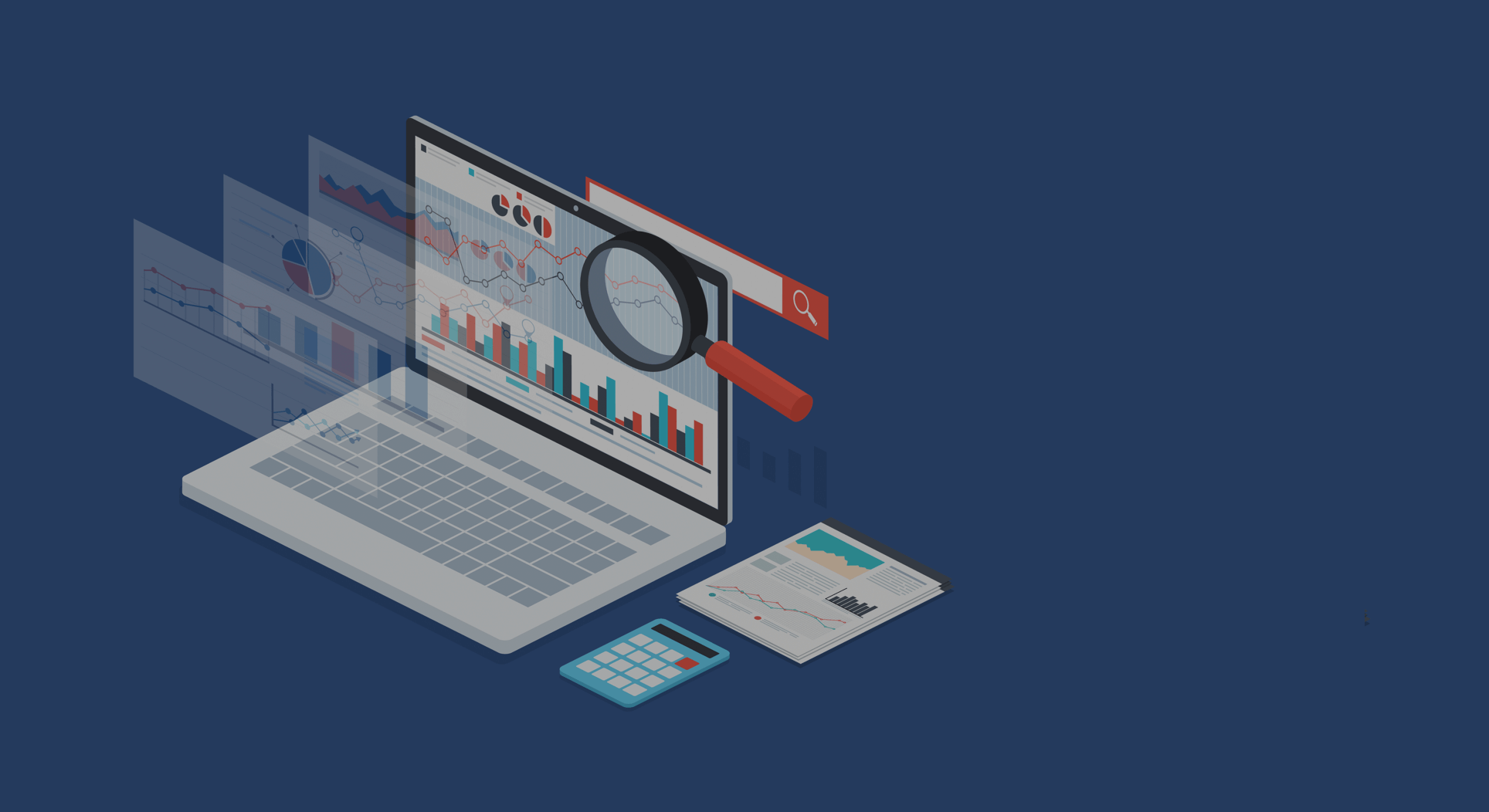Data Governance Tools: What Are They? Are They Optional?
Data governance tools used to occupy a niche in an organization’s tech stack, but those days are gone.
The rise of data-driven business and the complexities that come with it ushered in a soft mandate for data governance and data governance tools.
Data governance refers to the strategic and ongoing efforts by an organization to ensure that data is discoverable and its quality is good. It is also used to make data more easily understood and secure.
The technology that makes end-to-end data governance possible includes data cataloging, data literacy, business process modeling, enterprise architecture and data modeling.
Research indicates business leaders recognize the need for data governance tools. In fact, 98 percent of participants in erwin’s “2018 State of Data Governance Report” consider data governance either “important” or “critically important” to their organizations.
Over the years, organizations have faced a number of challenges pointing to the need for data governance tools, including:
- the increasing volume, variety and velocity of data (the “three Vs”)
- the potential revenue that well-governed data can drive
- the employees and systems responsible for data, diversifying (or, data democratization)
Additionally, the unprecedented industry disruption of such data-driven companies as Airbnb, Netflix and Uber demonstrates the benefits of well-governed data.
Such examples were persuasive and pervasive, leading to the rise of data governance adoption.

Data Governance Tools for Regulatory Compliance
In recent years, hard mandates for data governance also have increased.
In the United States, the Health Insurance Portability and Accountability Act (HIPAA) requires organizations in the healthcare space to protect the privacy and security of certain health information.
Other highly regulated industries, like financial services, also face strict data privacy mandates, including those from the Basel Committee on Banking Supervision (BCBS) and the Financial Industry Regulatory Authority (FINRA).
Now new, industry-agnostic regulations such as the General Data Protection Regulation (GDPR) and the forthcoming California Consumer Protection Act (CCPA) leave little room for data-driven businesses to operate without data governance.
So it’s not surprising that the “2018 State of Data Governance Report” revealed regulatory compliance to be the leading driver in data governance adoption.
Data Governance Tools and Data Ethics
Customer trust/satisfaction is also a key driver for data governance. Given the landscape of modern business – in which data breaches make big and lasting news – this this is also not a surprise.
Fines levied against both Facebook and Google earlier this year are a reminder that regulators are serious, and the fines can be serious also.
But even without penalties from regulatory bodies, the cost of poor data governance is still huge.
IBM’s annual “Cost of a Data Breach” report found that the biggest cost of a data breach to an organization is a loss of business. It also found that, on average, a data breach can cost a business a staggering $3.9 million.
And perhaps more worrisome is that those figures are increasing. Costs have risen by 12 percent during the last five years.
It’s not just breaches. The prominence of data-related stories in the news is leading more and more people to be skeptical of how their personal data is handled.
Because of this, organizations with good data governance can make data ethics part of their brand. Some organizations are even beginning to hire “data ethicists” – employees dedicated to overseeing data ethics.
As the use cases for data-driven tech, such as AI, grow, you can expect the calls for ethical data practices to grow too.
Data Governance Tools Aren’t Optional
Considering the revenue potential, regulatory mandates and data-conscious consumers, a comprehensive data governance practice supported by robust data governance tools should no longer be seen as optional.
But what’s the best way to set up and sustain a data governance program?
Data Governance 1.0 was an isolated domain, managed by IT so it largely disconnected from the wider enterprise.
As data and the responsibilities for discovering, understanding and using it for strategic decision-making have become more democratized, a new approach for IT and business collaboration has taken hold.
Data Governance 2.0, as defined by Forrester, is as “an agile approach to data governance focused on just enough controls for managing risk, which enables broader and more insightful use of data required by the evolving needs of an expanding business ecosystem.”
At erwin, we believe in this approach and have incorporated it into what we refer to as the erwin Enterprise Data Governance Experience – or the erwin EDGE, for short.
The erwin EDGE empowers organizations with visibility and control over their data, both at rest and in motion.
It enables enterprises to plan and document how they will discover and understand their data within context, track its physical existence and lineage, and maximize its security, quality and value. It also helps organizations operationalize these steps.
Therefore the speed and quality of the data pipeline increases. Of course, metadata management is at the heart of any data governance initiative.
Gartner's Magic Quadrant for Metadata Management Solutions
Get the Report

